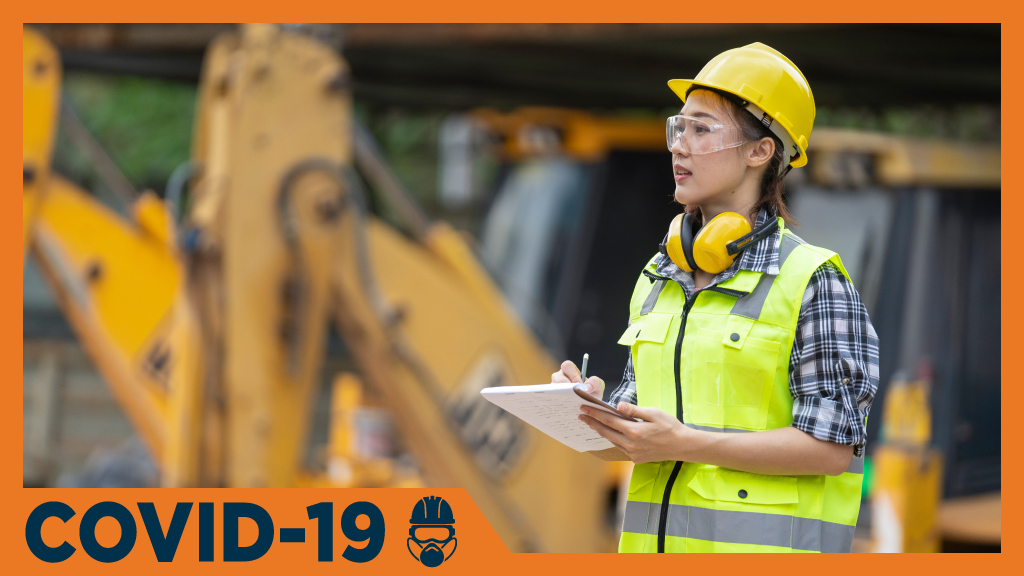Last Updated on February 12, 2021 by admin

Nina Hansen May 18, 2020
If federal Infrastructure Minister Katherine McKenna needs any assistance preparing a response to the industry groups lobbying her to loosen requirements aimed at promoting more participation from women and other underrepresented groups on federal infrastructure projects, we are happy to assist.
We suggest she just say no.
First of all, the economic fallout from COVID-19 is hurting women workers more and has even been dubbed a “she-cession” by the Ontario-based Atkinson Foundation due to the overwhelming losses of women-dominated service-sector jobs.
Women caring for children are also disproportionately impacted by the current unpredictable state of child care in the context of any restart plan.
Second of all, women represent less than five per cent of workers in the skilled construction trades and it’s been that way for many decades.
Why? Research tells us that women face critical barriers that make it more difficult for them to finish an apprenticeship, find and keep a job, and advance in their careers. Barriers most often identified by women are bullying, discrimination, exclusion and even violence. The severity of these experiences increases exponentially when viewed through an intersectional lens that takes into account gender identity, sexual orientation, race and other identity markers.
The BC Centre for Women in the Trades was originally set up as a two-year project funded by the Canada-British Columbia Labour Market Development Agreement to increase the retention and advancement of women in the trades. But it turns out, it’s not possible to reverse several decades of systemic gender bias in the construction sector in just two short years (sarcasm intended).
To be clear, requiring companies to hire tradeswomen is to their benefit, even though many don’t know it.
The Canadian Apprenticeship Forum developed a business case for hiring women on the jobsite. According to the study, women give organizations a competitive advantage through increased productivity, enhanced reputation and employer loyalty. Women-dominated teams have an eye for detail and they bring a perspective that supports successful business strategies.
While not unique to the construction industry, another study by the California-based Anita Borg Institute found that organizations committed to improving the balance of women in the workforce benefit from improved operational and financial performance, increased innovation, better problem-solving skills and more effective teamwork.
Our work goes hand in glove with provincial and federal initiatives and is both complementary and essential to their success.
The federal Liberal government’s Community Employment Benefits program requires infrastructure projects to provide employment or procurement opportunities to at least three targeted groups, which include women, Indigenous people, apprentices, people with disabilities, veterans, youth, recent immigrants and small- and medium-sized social enterprises. In B.C., the province’s Community Benefits Agreement construction framework requires priority hiring of women, local residents, Indigenous workers and apprentices on certain public infrastructure projects.
These efforts, along with community-based programs like ours, must continue if we are ever to achieve equity for all.
Some corners of industry will have you believe that the kind of diversity these programs are designed to achieve can be accomplished without legislation. If you believe that, there is a Nigerian prince who wants to transfer millions of dollars to your bank account and all you have to do is pay a small advance.
The industry has had literally decades to bring equity to the sector and hasn’t. Time’s up ― now we must turn firmly to legislation.
Nina Hansen is the executive director for the BC Centre for Women in the Trades.
ORIGINAL LINK:
